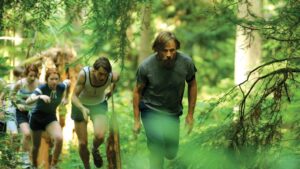Japanese culture and heritage sites in Tokyo and Kyoto
4th March 2021
5 min. read
2834
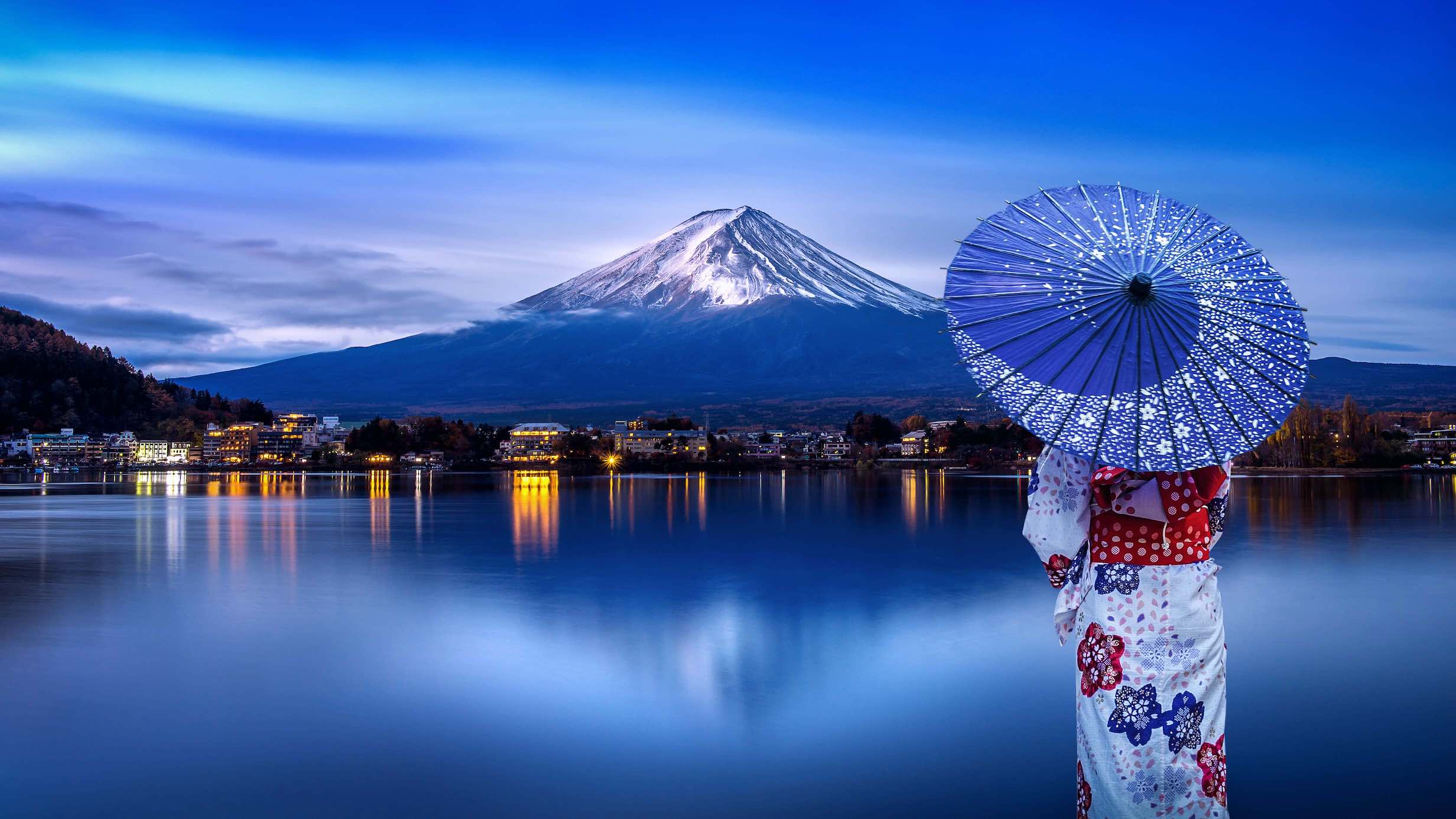
Planning a holiday in Japan can seem a little overwhelming, even for experienced travellers. Many are put off by the cultural distance which is often perceived to be a major hurdle. Paradoxically, the inevitable culture shock is one of the most alluring reasons to visit Japan.
Reverence for Heritage & Tradition
For over 200 years, between the 17th and 19th centuries Japan followed a strict, isolationist policy known as ‘Sakoku’ or ‘closed country’. Trade with all but a few foreign countries was limited and the Japanese population was restricted from leaving the country. One of the effects of Sakoku was to incubate traditional elements of Japanese culture, meaning it was maintained and developed slowly according to Japanese ideals and ways of thinking.
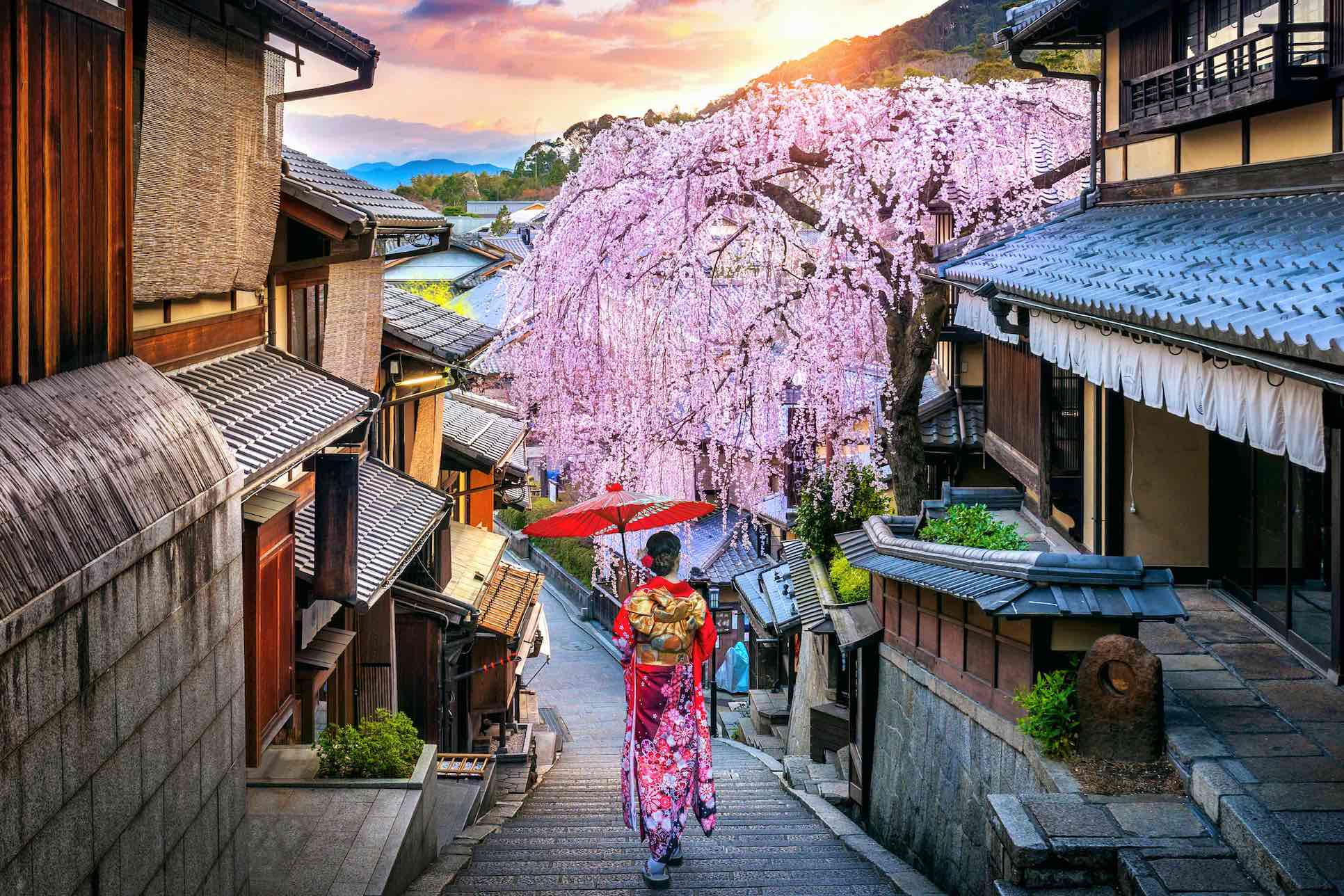
This ethnocentricity and strong appreciation for the past makes Japan a fascinating country to visit, especially so, since Japan embraced modernist ideas from the mid 20th century onwards. Two cities that truly embody this blend of tradition and modernism are Tokyo and Kyoto.
Tokyo
Japan’s capital Tokyo is one of the world’s great cities; a megalopolis that supports a population of 38 million. The futuristic infrastructure of sleek sky trains and shimmering skyscrapers contrasts sharply against the Shinto shrines, temples and eye catching palaces which give a glimpse into the past.
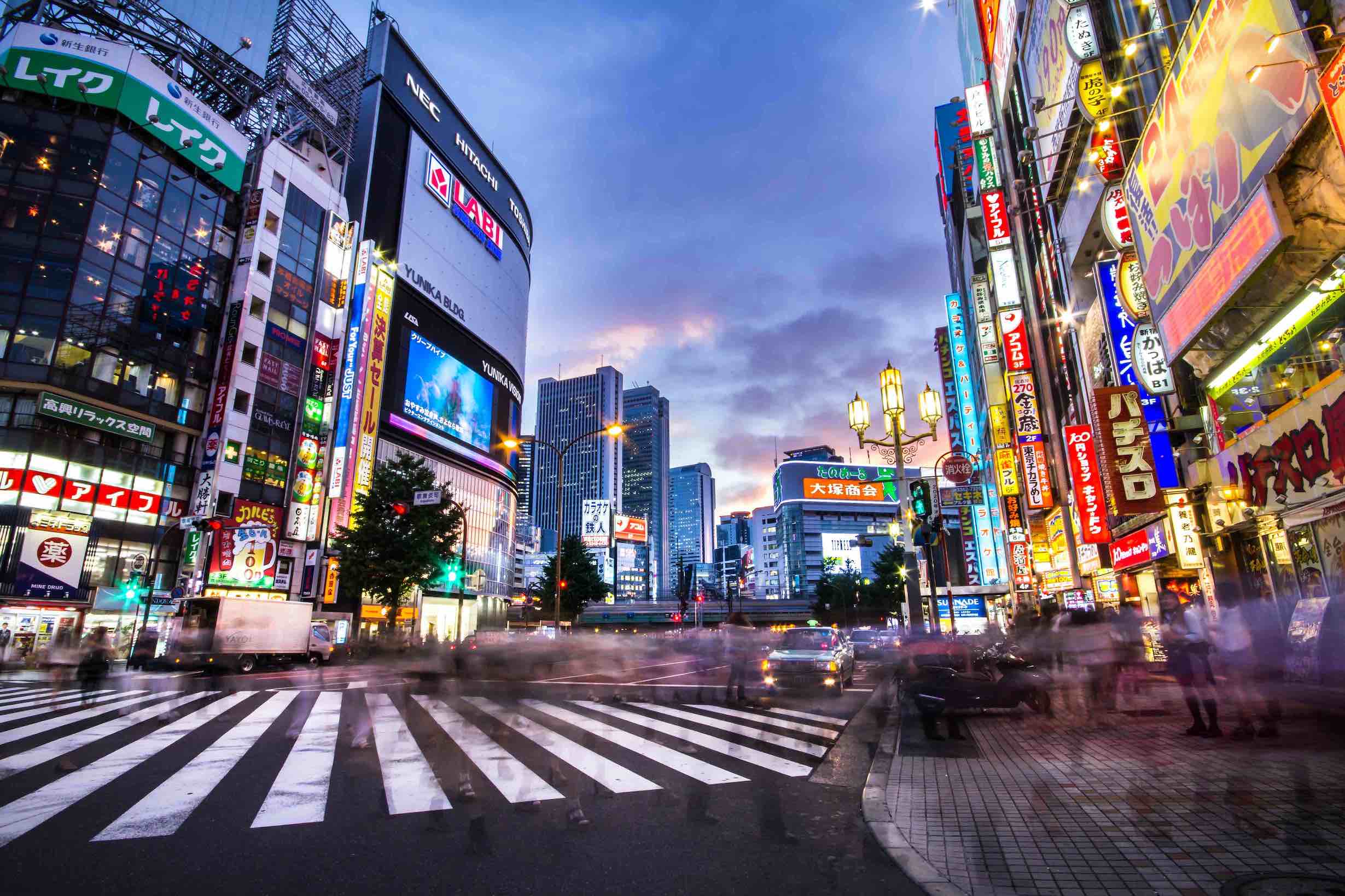
The bustle and throng of the city make planning essential. Some of the popular sites in Tokyo include:
The Imperial Palace
The Imperial Palace is the main attraction in the Marunouchi district. The exquisite gardens that surround the palace are bordered by moats and walls and although the East Garden is open to the public you’ll need to book a tour to gain entry to the inner grounds of the palace.
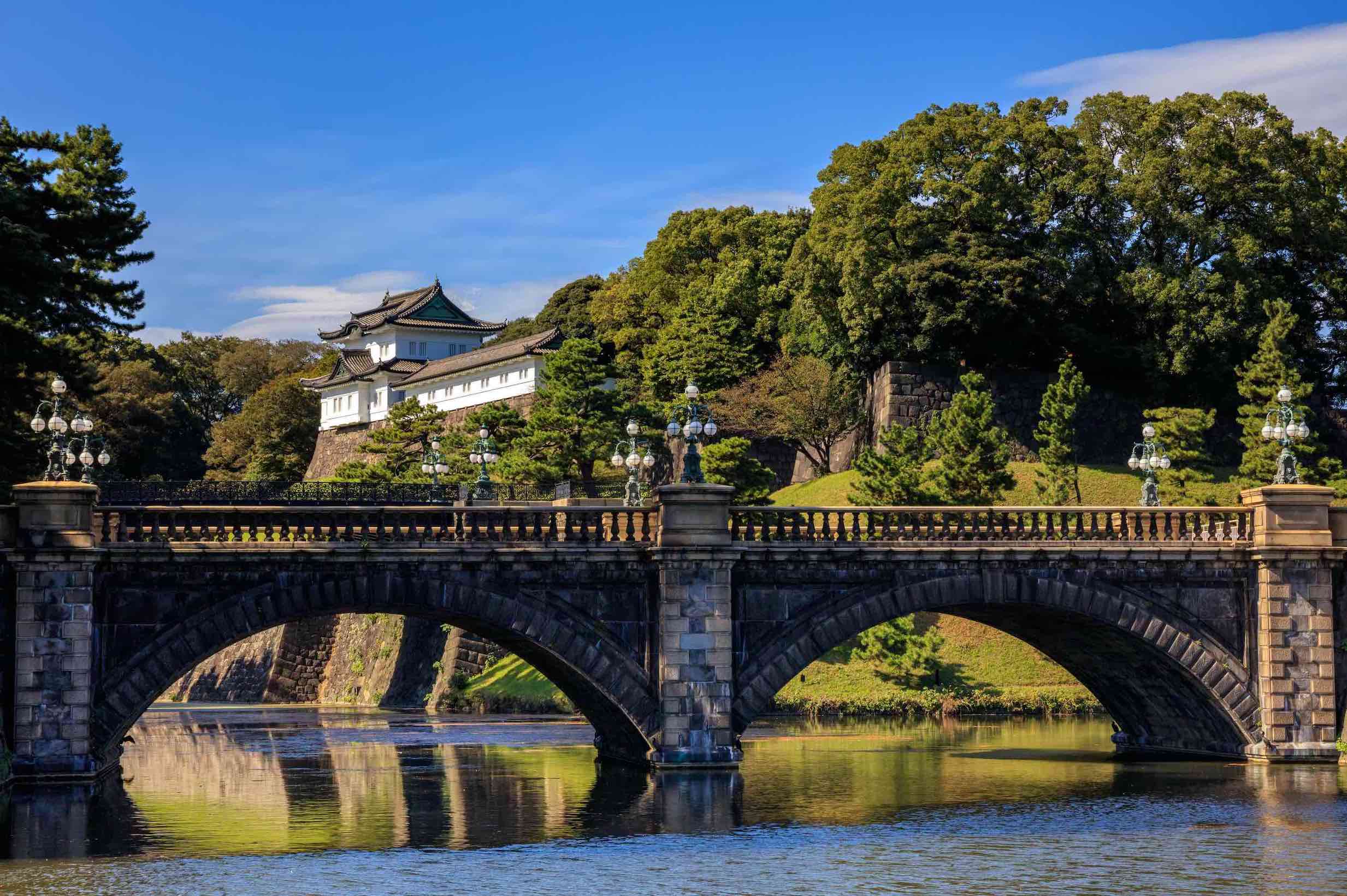
The Mori Digital Art Museum
Perhaps Tokyo’s most popular modern attraction is teamLab Borderless which is alternatively referred to as the Mori Digital Art Museum. The art on show engages multiple senses simultaneously and is a real treat for futurists and art-lovers alike.
The Meiji-Jingu Shrine
Situated inside an evergreen forest at the heart of the Shibuya district the Meiji-Jingu Shrine is a peaceful escape. The shrine is a great example of traditional Japanese building methods and utilised materials from every Japanese prefecture.
Meji-Jingu is well worth a visit not only for the pleasing aesthetics but for the state of serenity brought on by wandering the grounds.
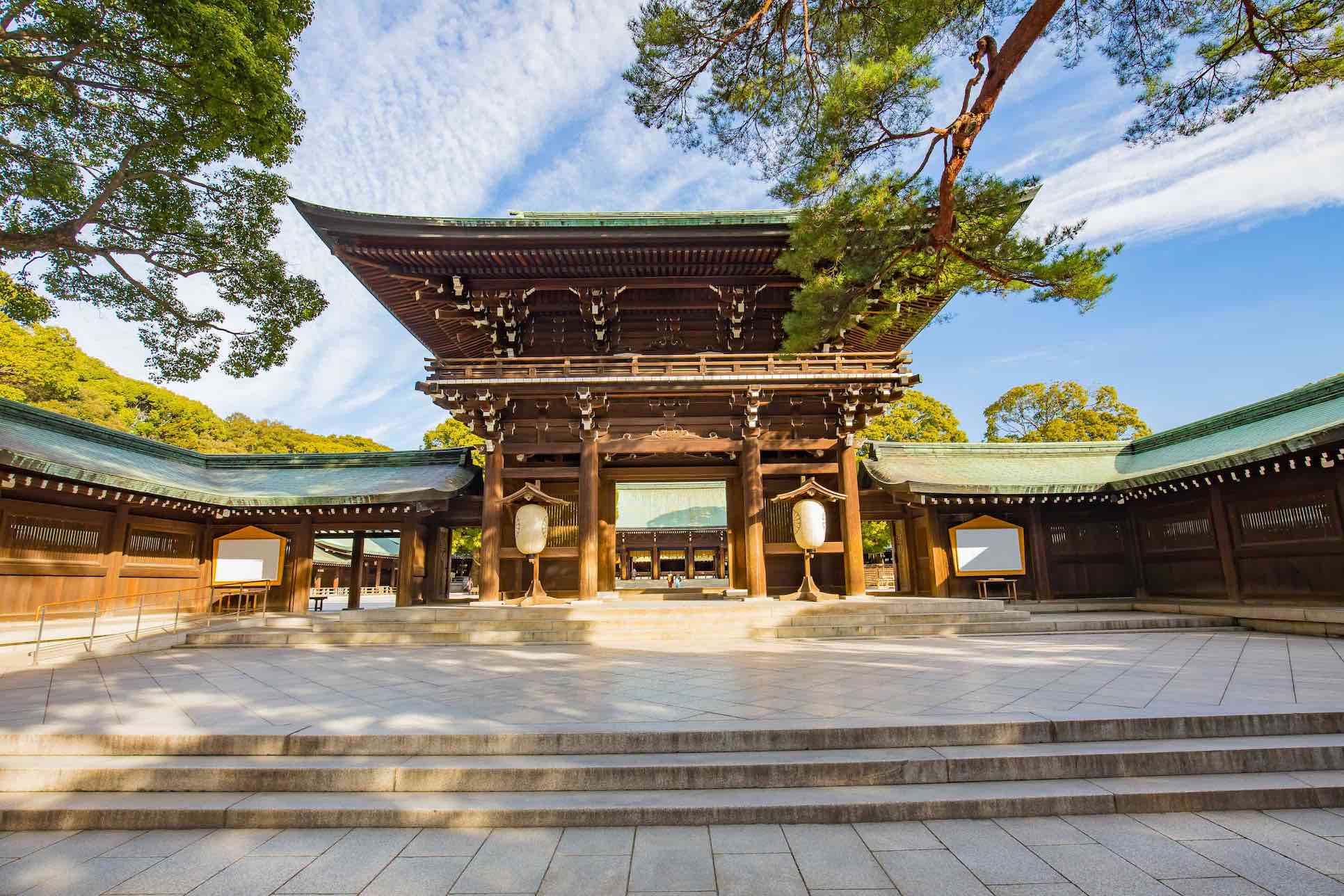
Ueno Park
Another green retreat in the middle of Tokyo, the Ueno Park is the largest in the city. As with most of Japan the area is litter-free which allows you to fully appreciate the grounds, exquisite bonsai trees, peaceful carp ponds and cherry trees.
Ueno Park hosts a number of notable attractions including Shinto shrines, Japan’s oldest zoo and the Tokyo National Museum.
The museum first opened its doors in 1938 and currently exhibits over 100,000 pieces of art work. There are pieces from all over the Asian continent including sculptures important to Buddhism that date back to the 6th century.
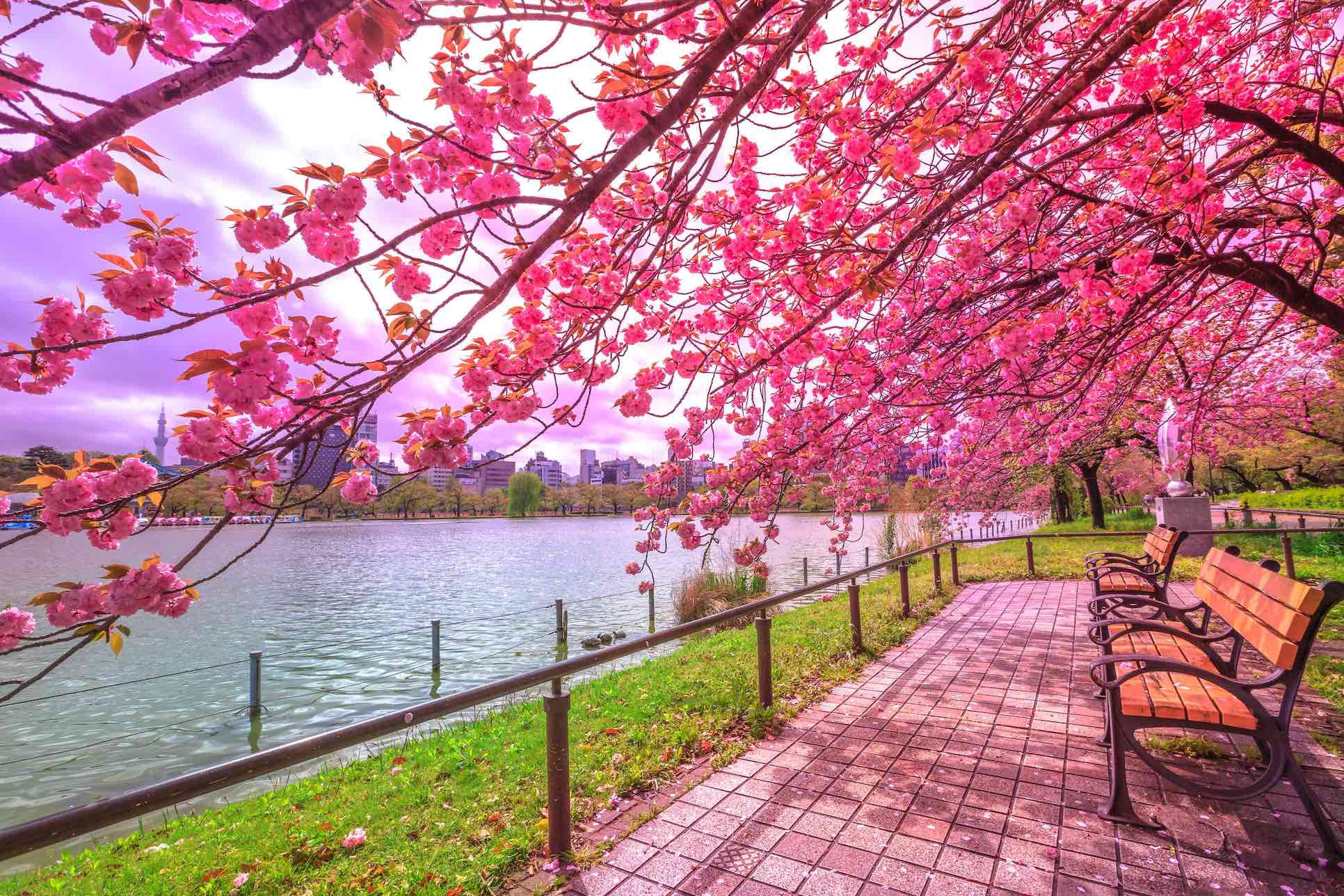
Kyoto
Before Tokyo was designated as the capital, Kyoto was the seat of Japanese power for just over 1000 years. Although its modern skyline suggests otherwise, the reality on the ground is that Kyoto has much more of a traditional feel to it than Tokyo. Kyoto escaped major damage during the second world war and since then considerable efforts have been made to preserve the city’s impressive heritage.
In 1972 Kyoto was designated as a UNESCO World Heritage site and a holiday in Kyoto largely revolves around exploring some of the 2,000 religious buildings and royal gardens.
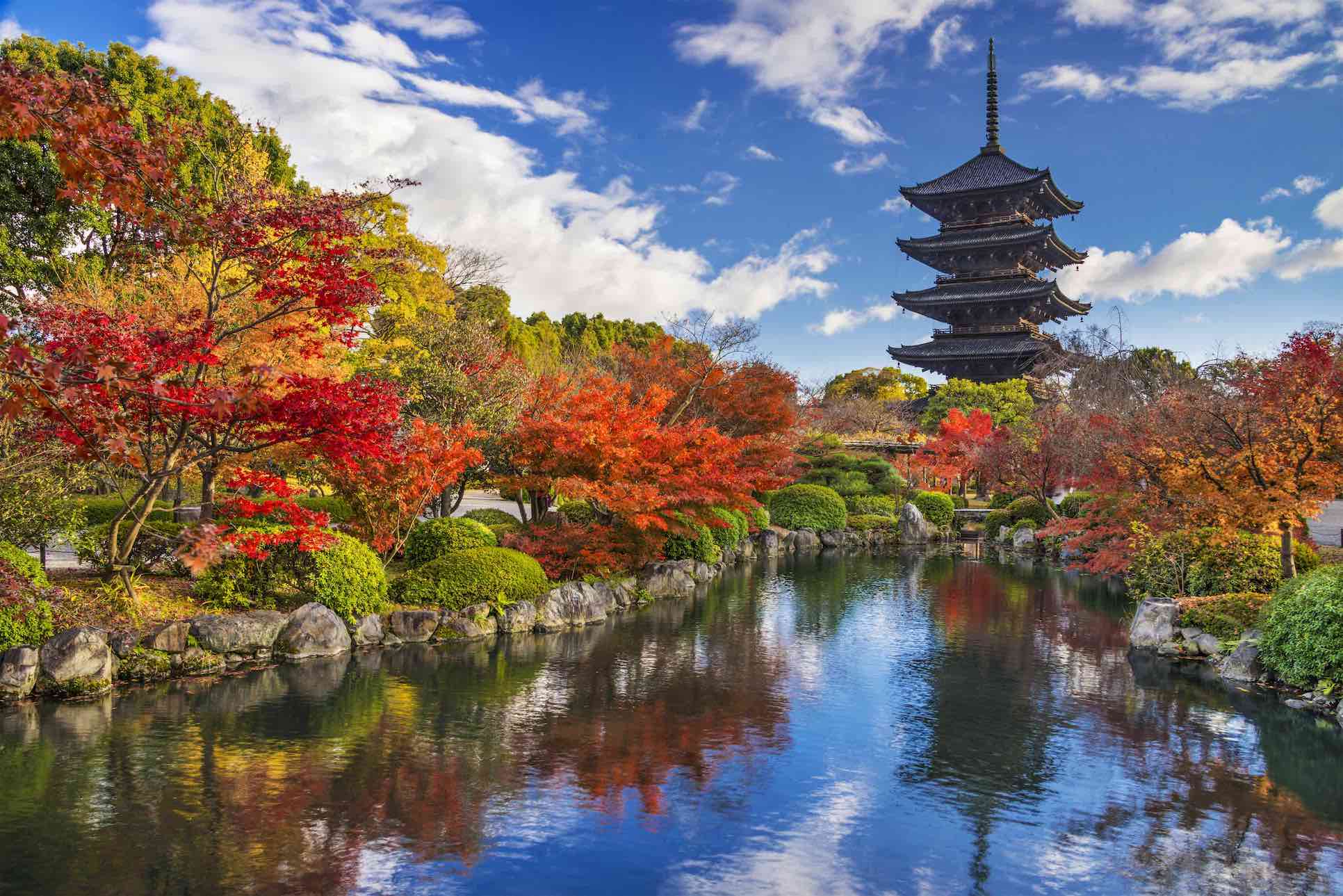
Nijo Castle
Constructed in 1603 Nijo Castle served as the residence of the Tokugawa era shoguns. These days the well-preserved moats, towers and walls protect priceless artefacts.
A walk around the courtyards and gardens of Nijo Castle gives an idea of the power struggles and competing social climbers that characterised the hierarchical Japanese court nobility.
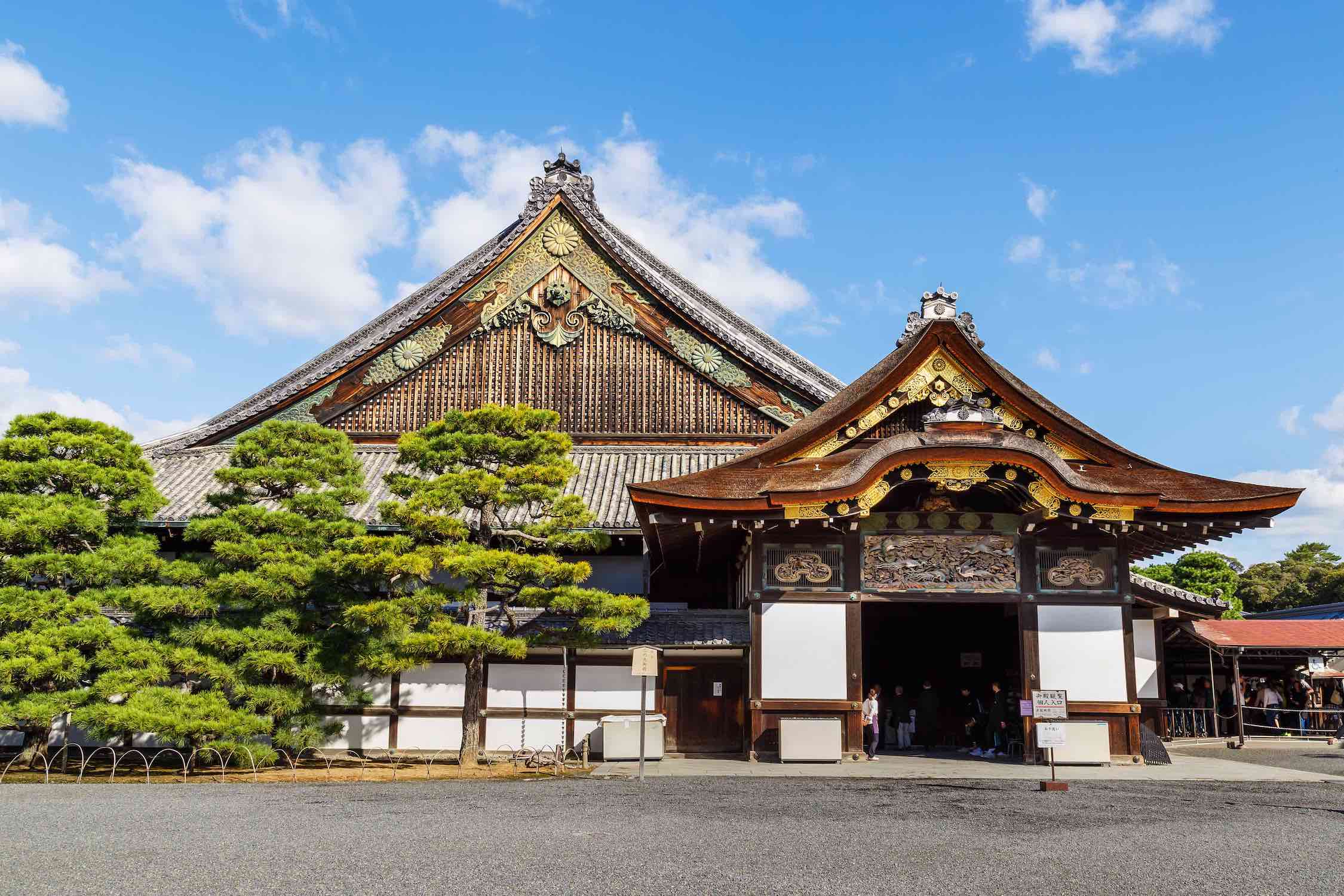
Fushimi Inari-taisha Shrine
Fushimi Inari-taisha Shrine is the most popular Shinto shrines in Japan and a must-see on your holiday in Kyoto.
Open 24 hours the best time to visit the shrine is in the evening when the effect of the illuminated torii paths create a fantastical spectacle.
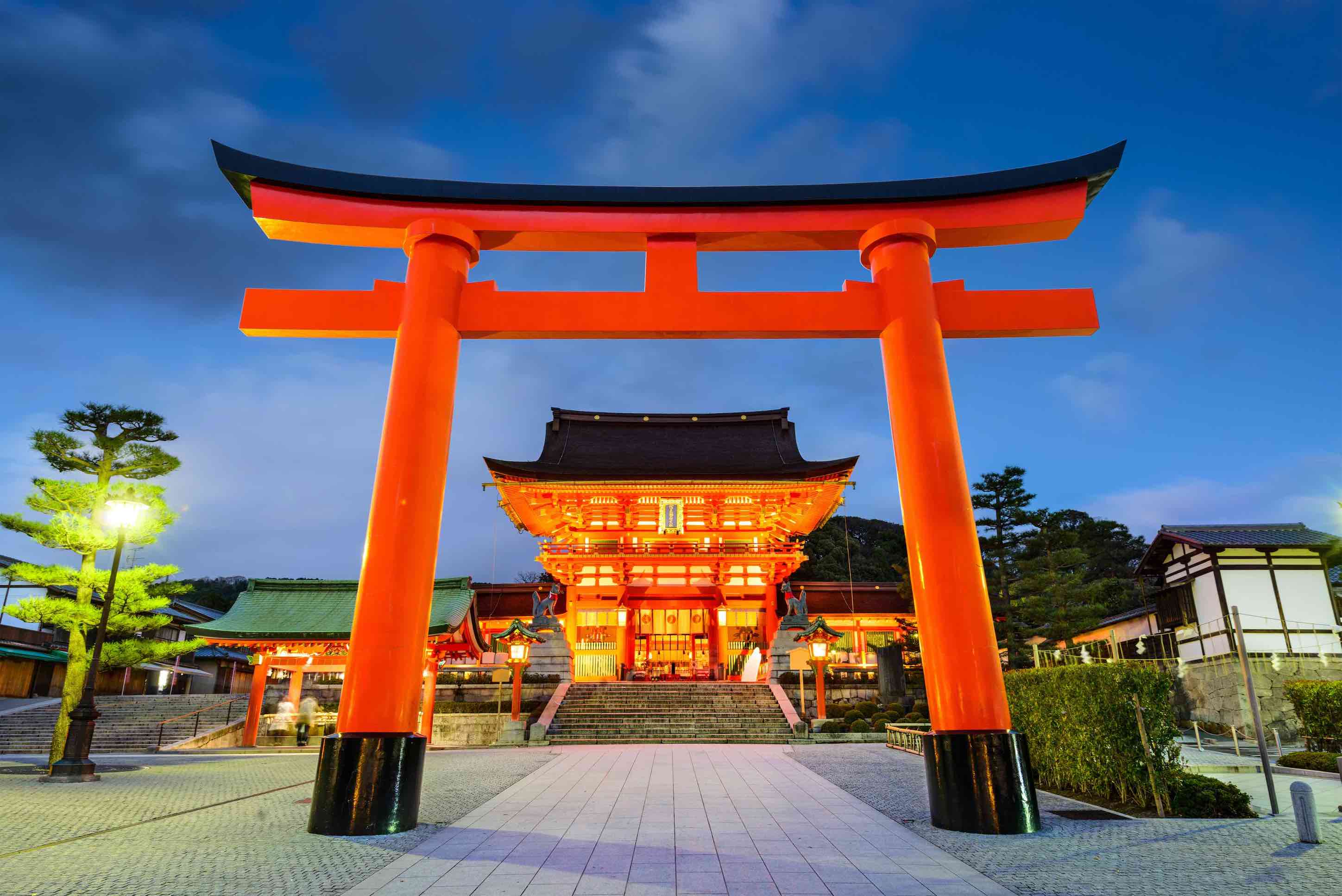
Kinkaku-Ji: The Golden Pavilion
The magnificent Kinkaku-Ji, or Golden Pavilion Temple, dates back to the 14th century and is one of Kyoto’s most scenic attractions. The Zen Buddhist temple is a feat of Japanese architecture somehow balancing opulence and an appreciation of the natural beauty that it’s set in.
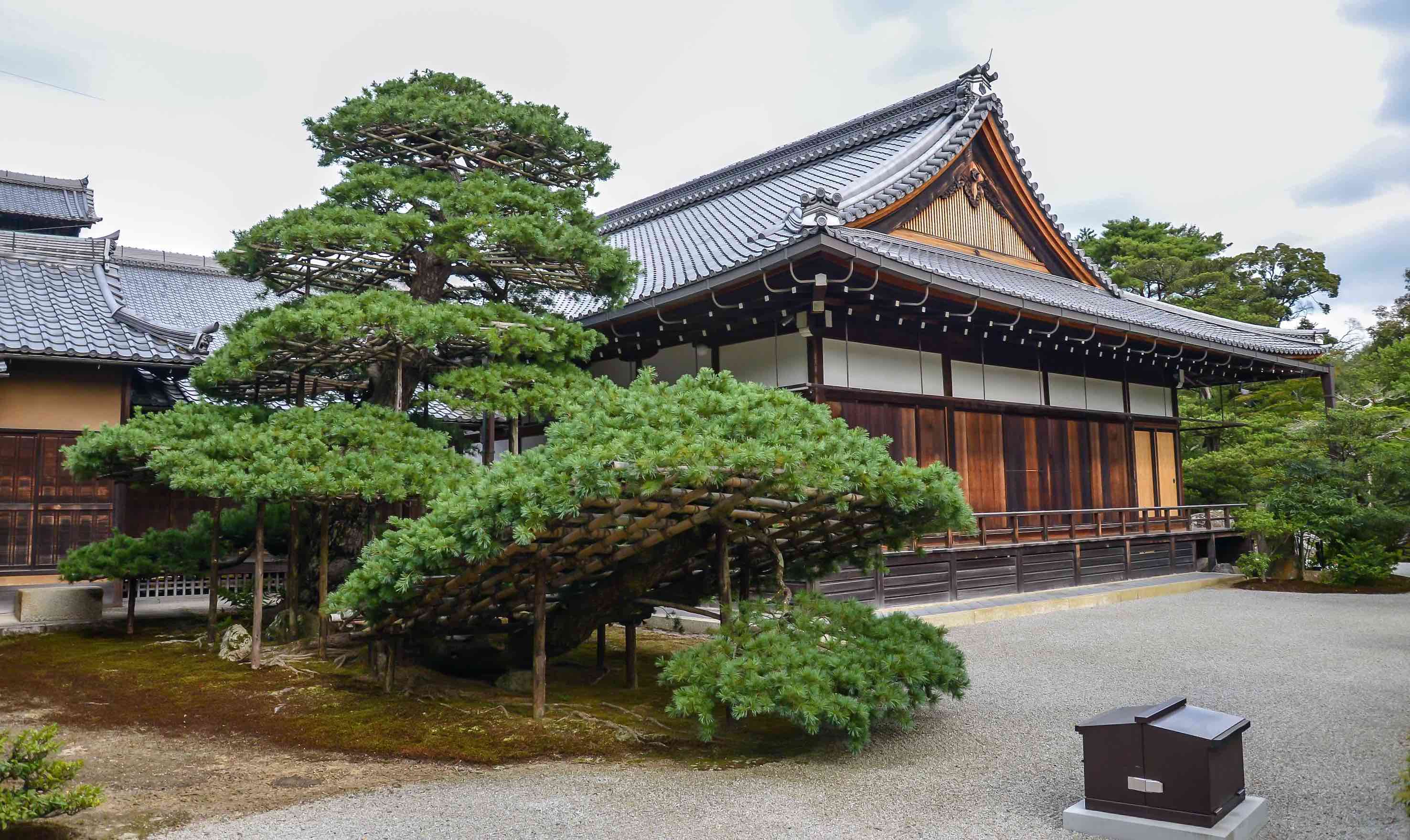
Whatever you decide to focus on during your holiday in Japan, you will learn something. What sticks out to visitors is the way that the Japanese take an artisanal approach to many aspects of life. Although the cities can appear as fast-paced and hectic, when you glance beneath the surface into the real Japan you begin to get some understanding of the reverence that the Japanese people have for process, for tradition and for beauty.
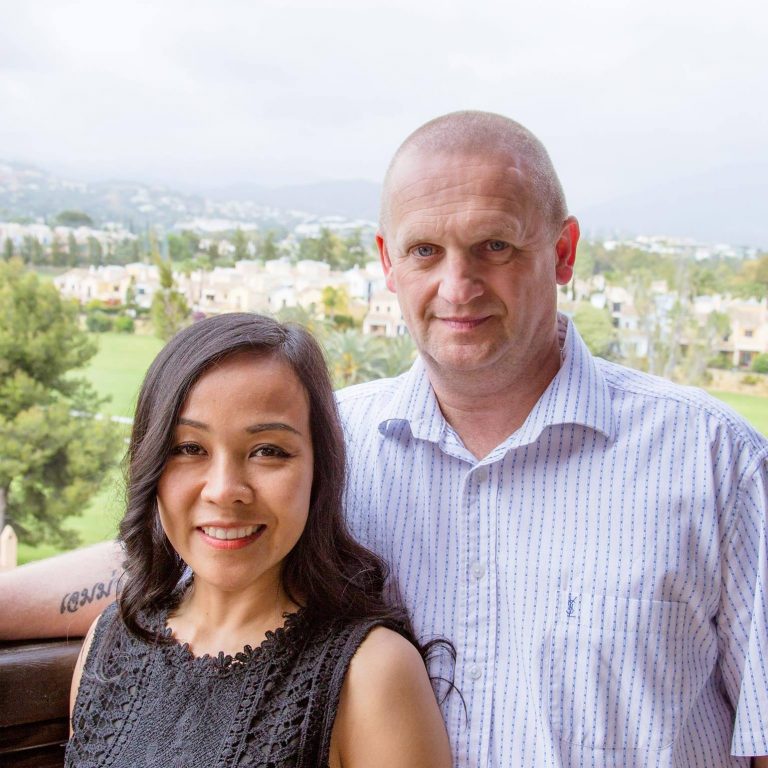
Lloydie Gardiner
Hemel Hempstead, Hertfordshire
Not Just Travel - Chantira Travel
01442 564422
lloydie.gardiner@notjusttravel.com
Specialist Area:
All Inclusive, Beaches, Cruise, City Breaks, Family, Luxury, Romantic, Self Drive, Ski
View ProfileRelated Articles
Related News
Related Offers
SIGN UP FOR OUR MAILING LIST
Enter your email address and receive daily or weekly updates with the latest articles, news and videos.Copyright © 2021 Experienced Travellers Ltd. Experienced Travellers Ltd is not responsible for the content of external sites. Read about our approach external linking.







